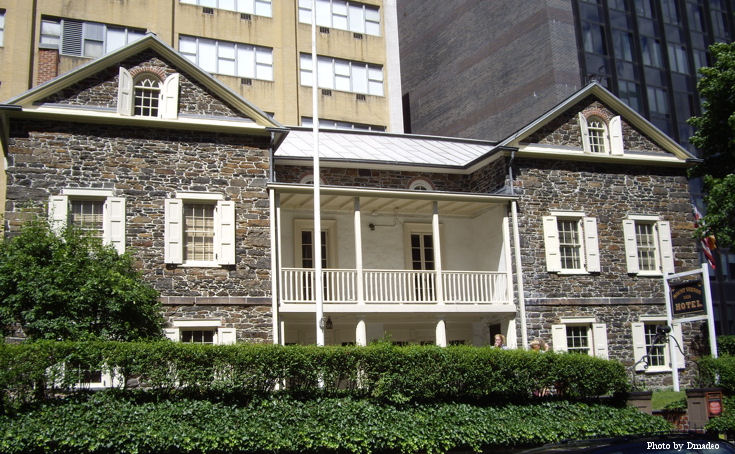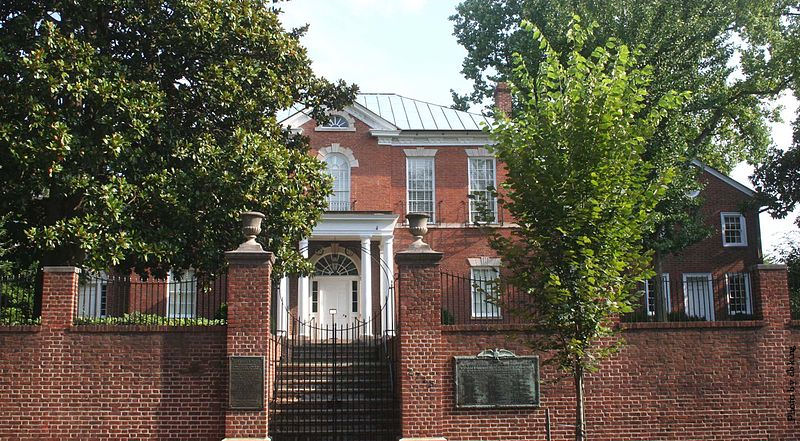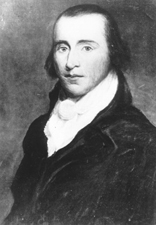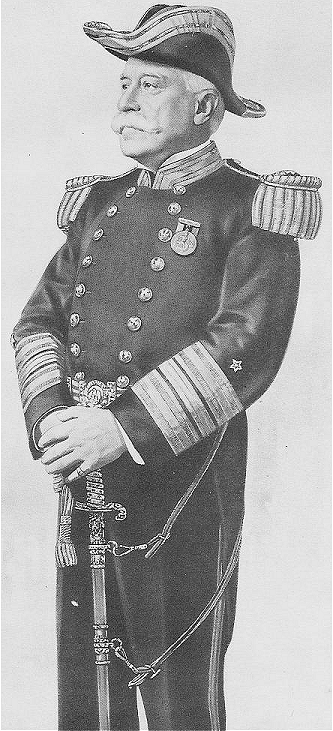Lamentably, the aristocratic nature of these groups does not extend its influence to the public at large. The general public is more often than not unaware of their very existence, since most associations are careful to avoid the limelight. A few do not even publicize their existence. Moreover, they do not accept in their midst anyone outside a select milieu of society, precisely in order to distinguish themselves in a nonegalitarian way.
This selective criterion generates—depending on the degree of exclusiveness—concentric circles of groups composed of traditional families, from the most to the least exclusive. While some have less rigid requirements, others are difficult or almost impossible to enter. [Cleveland] Amory provides an example.

Mount Vernon Hotel Museum. This New York City former carriage house was built in 1799 and is the National Headquarters of the Colonial Dames of America. The organization was founded in 1890, shortly before the founding of two similar societies, The National Society of the Colonial Dames of America and the Daughters of the American Revolution.
“Probably the most difficult of all patriotic Societies to enter is the Order of the Founders and Patriots…because of what, genealogically, is demanded. The member must descend from a ‘Founder,’ a person living in the Colonies prior to 1700, and descend in the same line, from a ‘Patriot,’ a man who fought in Washington’s army.”(1)
Other associations, such as the Philadelphia branch of the General Society of Colonial Wars, not only have strict genealogical requisites, but limit membership to a certain number.

Frank Bentley Weeks, 1854-1935, Governor of Connecticut, member of the General Society of Colonial Wars.
Many of these associations, both in the North and the South, were founded in the years between the Civil War and the First World War, which corresponded to the surge of industrialization, the consequent creation of new fortunes and the waves of immigration. This was a time of profound social and economic transformations that greatly diminished the status of the pre-war elites. In order to safeguard their situation, the traditional families felt the need to build protective walls of social exclusion around themselves. Among these were many hereditary associations, whose stringent membership requirements proved to be an almost unsurmountable barrier for the new millionaires attempting to enter the upper social circles.
[John] Ingham describes the situation: “The older upper classes had constructed a web of tradition and manners which did much to keep out the uncouth and to temper the aspirations of the impetuous.”(2)In these private associations, the traditional elites found some protection against those whose only distinction was the possession of wealth. The nouveau riche families who—after several generations—managed to penetrate the ranks of these associations first had to pay homage to tradition, and not assume a haughty demeanor of one flaunting wealth before the impoverished aristocrats.

Dumbarton House c.1800, in the Georgetown neighborhood of Washington, D.C, was the home of Joseph Nourse, the first Register of the Treasury. In 1928, it became the headquarters of the National Society of the Colonial Dames of America.
In the end, this enhanced the very respectability of the nouveaux riches who were admitted into the traditional social class, since to acquire the status of this class they had to respect its way of life and emulate its customs. Warner sums up the social distinction between the American traditional elites and the parvenus:
“A family often is considered to be in the top level of the upper-class group only if it has participated in this upper-class behavior for several generations. The members of the lower-upper group, having moved up socially very often through money and its ‘correct’ use in imitation of upper class behavior, achieve final acceptance as solid members of the top level only through the passage of time, often three or more generations.”(3)
 Today, many descendants of last century’s new millionaires already belong to some of these associations, having been accepted into the upper circles through assimilation and marriage. [Digby] Baltzell describes this process:
Today, many descendants of last century’s new millionaires already belong to some of these associations, having been accepted into the upper circles through assimilation and marriage. [Digby] Baltzell describes this process:
“In an age which marked the centralization of economic power under the control of finance capitalism, the gentlemen bankers and lawyers…sent their sons to Groton, St. Paul’s, or St. Mark’s and afterwards to Harvard, Yale, or Princeton…. These young men from many cities, educated together, got to know one another’s sisters at debutante parties and fashionable weddings…. After marriage, almost invariably within this select circle, they lived in these same suburbs and commuted to the city where they lunched with their peers and their fathers…. Several generations repeat the cycle, and a centralized business nobility thus becomes a reality in America.”(4)

John Breckinridge (1760-1806). He was a half brother of Robert Breckenridge (1754-1833), the Revolutionary War general. Many members of the Breckinridge family have distinguished themselves in public service.
This process of assimilation of the nouveaux riches to the lifestyle of the traditional upper class is also emphasized by Jaher in his detailed study of urban elites in the United States:
“In fact, the newcomers felt that their own elevation in status depended in part upon learning the style of their forerunners. And who could teach them better than the offspring of the old families! Accordingly, the recently endowed sought to join prestigious social clubs, to serve on boards of distinguished benevolent and cultural institutions, to be present at exclusive dinners and dances, and to send their children to proper preparatory schools and colleges.”(5)
This phenomenon reveals one of the most significant forces of social conservatism and stability in the United States.
(1) Cleveland Amory, Who Killed Society? (New York: Harper & Bros. 1960), p. 70.
(2) John Ingham, The Iron Barons: A Social Analysis of an American Urban Elite, 1874-1965 (Westport, Conn.: Greenwood Press, 1978), p. 20.
(3) W. Lloyd Warner, American Life: Dream and Reality (Chicago: University of Chicago Press, 1962), Rev. ed., pp. 116-117.
(4) E. Digby Baltzell, “Who’s Who in America” and “The Social Register”: Elite and Upper Class in Metropolitan America in Reinhard Bendix and Seymour Martin Lipset, eds., Class, Status, and Power: Social Stratification in Comparative Perspective (New York: The Free Press, 1966), pp. 274-275.
(5) Frederic Cople Jaher, The Urban Establishment: Upper Strata in Boston, New York, Charleston, Chicago and Los Angeles (Urbana, Ill.: University of Illinois Press, 1981), p. 11.











